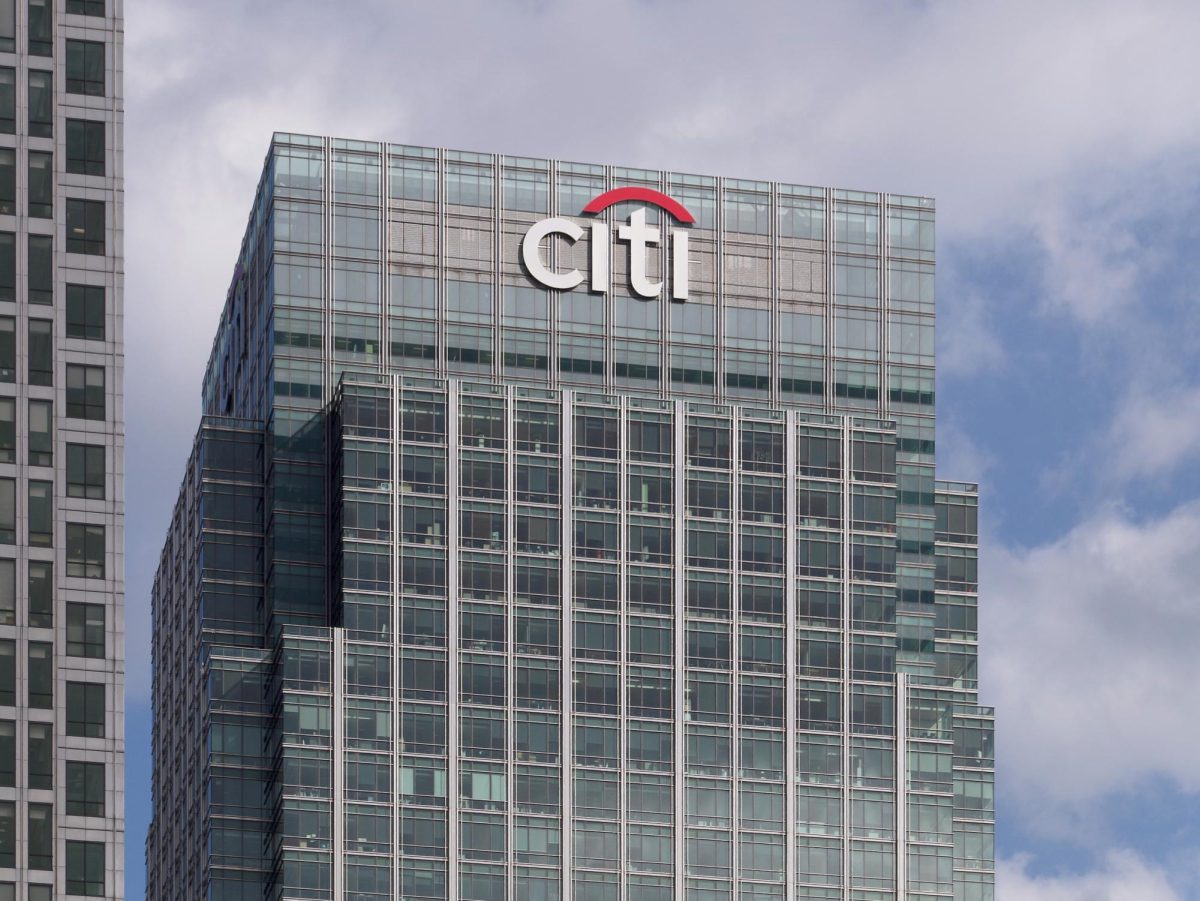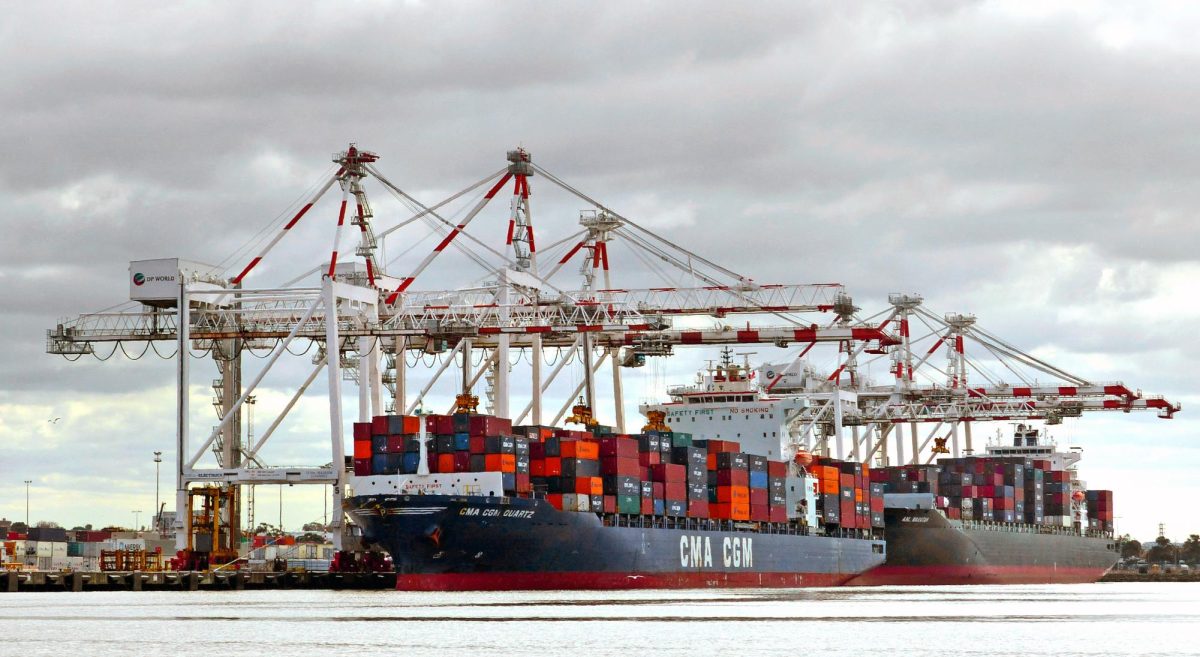U.S. equities had a rough start to the week as major indexes dropped sharply on Monday, April 21. Investors’ nerves were rattled after President Donald Trump called for Federal Reserve Chair Jerome Powell to be removed.
That added to existing concerns around inflation and interest rates.
The S&P 500 fell 2.4%, the Dow Jones Industrial Average dropped 2.5% and the Nasdaq composite slid 2.6%. The Dow is now on track for its worst April since the Great Depression. The 10-year U.S. Treasury yield jumped to 4.42% — its highest level since April 2.
Markets bounced back strongly on Tuesday, as investors grew more optimistic about a potential easing in tariff tensions. The S&P 500 jumped 2.5%, its best day in two weeks, while the Dow surged 2.7%, breaking a four-day losing streak. The Nasdaq and Russell 2000 each rose 2.7% as well, signaling broad-based strength across sectors.
On Wednesday, U.S. equities extended their rebound, lifted by renewed optimism around trade negotiations and reassurance from Trump that he doesn’t plan to remove Powell as Fed chair. U.S. credit risk indicators fell to their lowest levels in two weeks as trade tensions continued to ease, improving overall market sentiment had with a 2.5% surge.
Markets pushed higher for a third straight session on Thursday, as trade talks showed signs of progress. The S&P 500 climbed 2.0%, the Nasdaq rallied 2.7% and the Dow rose 1.2%, with investors growing more confident in the outlook for global commerce.
Yields on U.S. Treasuries declined, with the 10-year falling seven basis points to 4.3%, as investor sentiment for riskier assets increased and demand for safe havens moderated.
U.S. equities ended the week on a positive note, as tariff concerns faded and investor sentiment improved. The S&P 500 rose 0.7%, notching its longest winning streak since January and capping off its second-best week of the year. The Nasdaq rose 1.3%, turning positive year-to-date, while the Dow ticked up 0.1%. The 10-year yield fell six basis points to 4.3% and the yield curve between 5 and 30-year notes narrowed for the first time since February.
Despite the week’s rebound, U.S. equities continue to lag compared to global peers, underperforming the rest of the world year-to-date by the widest margin in over 30 years.
Although this week’s rally offered some confidence following Monday’s selloff, investors must remain cautious heading into the final stretch of April. Persistent concerns around inflation, monetary policy and geopolitical tensions continue to drive market volatility.
The last week of April will focus on corporate earnings and economic data releases, which investors should be on the lookout for.








